ANN ARBOR, MICHIGAN—According to a statement released by the University of Michigan, interior areas of South Africa that are now arid and inhospitable were more fertile and temperate for longer periods of time during the Ice Ages than previously thought. Archaeologist Brian Stewart and his international team of colleagues analyzed and dated layers of soil cores from inland ancient lake beds surrounded by higher ground left behind by their shorelines. The presence of lakes indicates that there was sufficient rainfall and humidity to support vegetation, animals, and human populations during two glacial periods. “In various parts of the interior, between about 60,000 to about 12,000 years ago, we can see that there were enduring phases of pretty large bodies of water kicking around what used to be thought of as an arid and inhospitable environment,” Stewart explained. Tools and other artifacts dating from about 280,000 to about 25,000 years ago have been found near the lake beds, he added. The researchers will continue to study the archaeology in the region to explore how humans adapted to the environment and lived in the region over time. To read about the shift to more settled living among hunter-gatherers in South Africa, go to "Our Coastal Origins."
South Africa’s Ice Age Landscape Reevaluated
News May 16, 2023
Recommended Articles
Digs & Discoveries March/April 2025
Ice Age Needlework
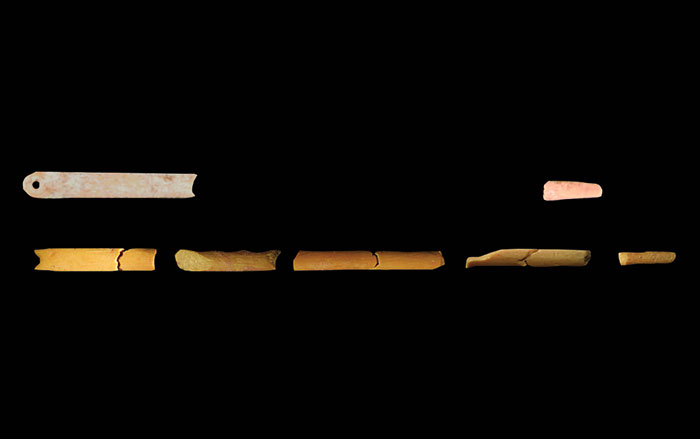
Off the Grid September/October 2024
Barrancas River Valley, Argentina

Letter from Patagonia July/August 2023
Surviving a Windswept Land
For 13,000 years, hunter-gatherers thrived in some of the world’s harshest environments
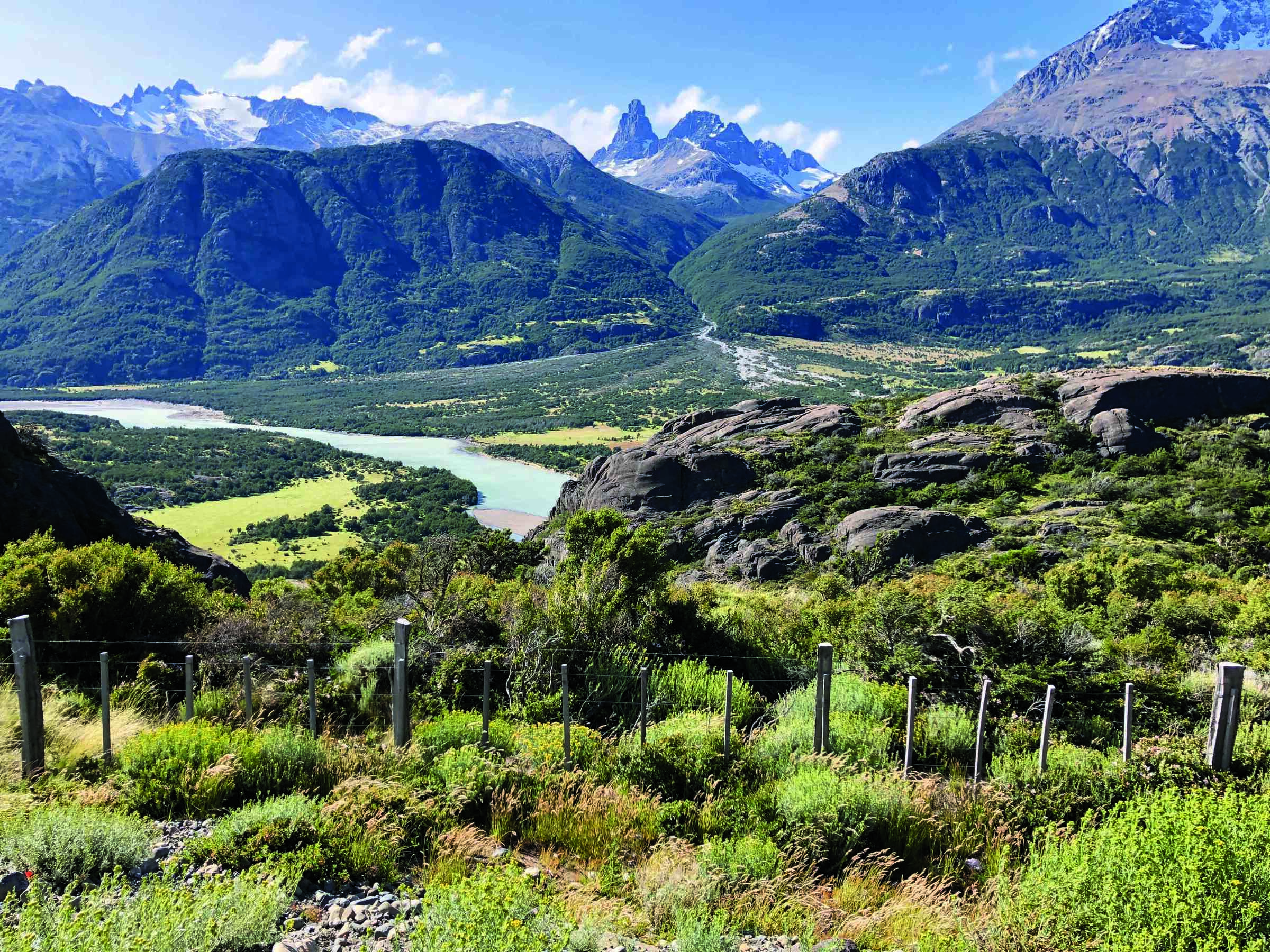
Features November/December 2021
Ghost Tracks of White Sands
Scientists are uncovering fossilized footprints in the New Mexico desert that show how humans and Ice Age animals shared the landscape

-
Features March/April 2023
The Shaman's Secrets
9,000 years ago, two people were buried in Germany with hundreds of ritual objects—who were they?
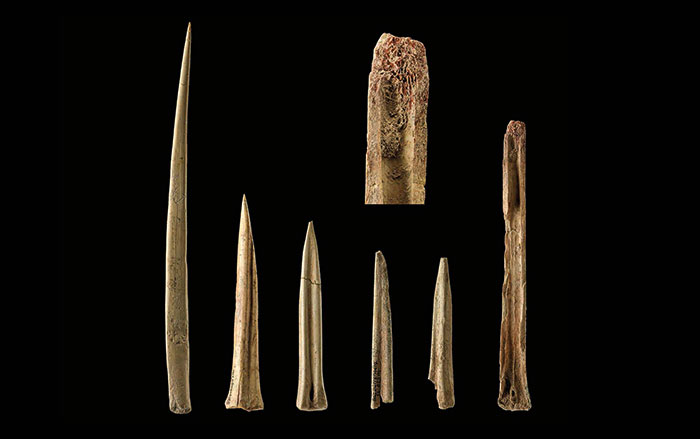 Photographs Juraj Lipták
Photographs Juraj Lipták -
Letter from the Faroes March/April 2023
Lost History of the Sheep Islands
New evidence shows that the remote North Atlantic archipelago was settled hundreds of years before the Vikings reached its shores
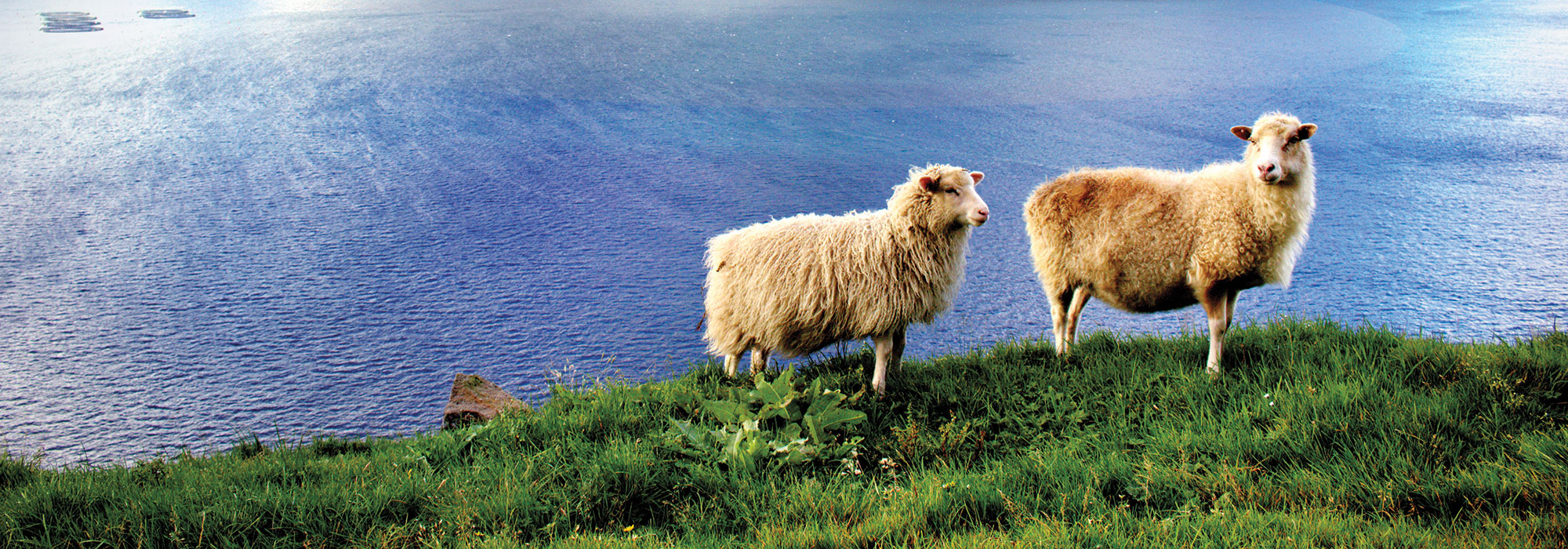 (Polhansen/Adobe Stock)
(Polhansen/Adobe Stock) -
Artifacts March/April 2023
Andean Wind Instruments
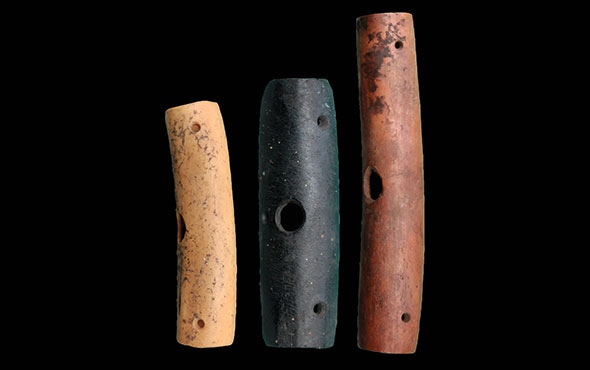 (Luis Manuel González La Rosa)
(Luis Manuel González La Rosa) -
Digs & Discoveries March/April 2023
Peru’s Lost Temple
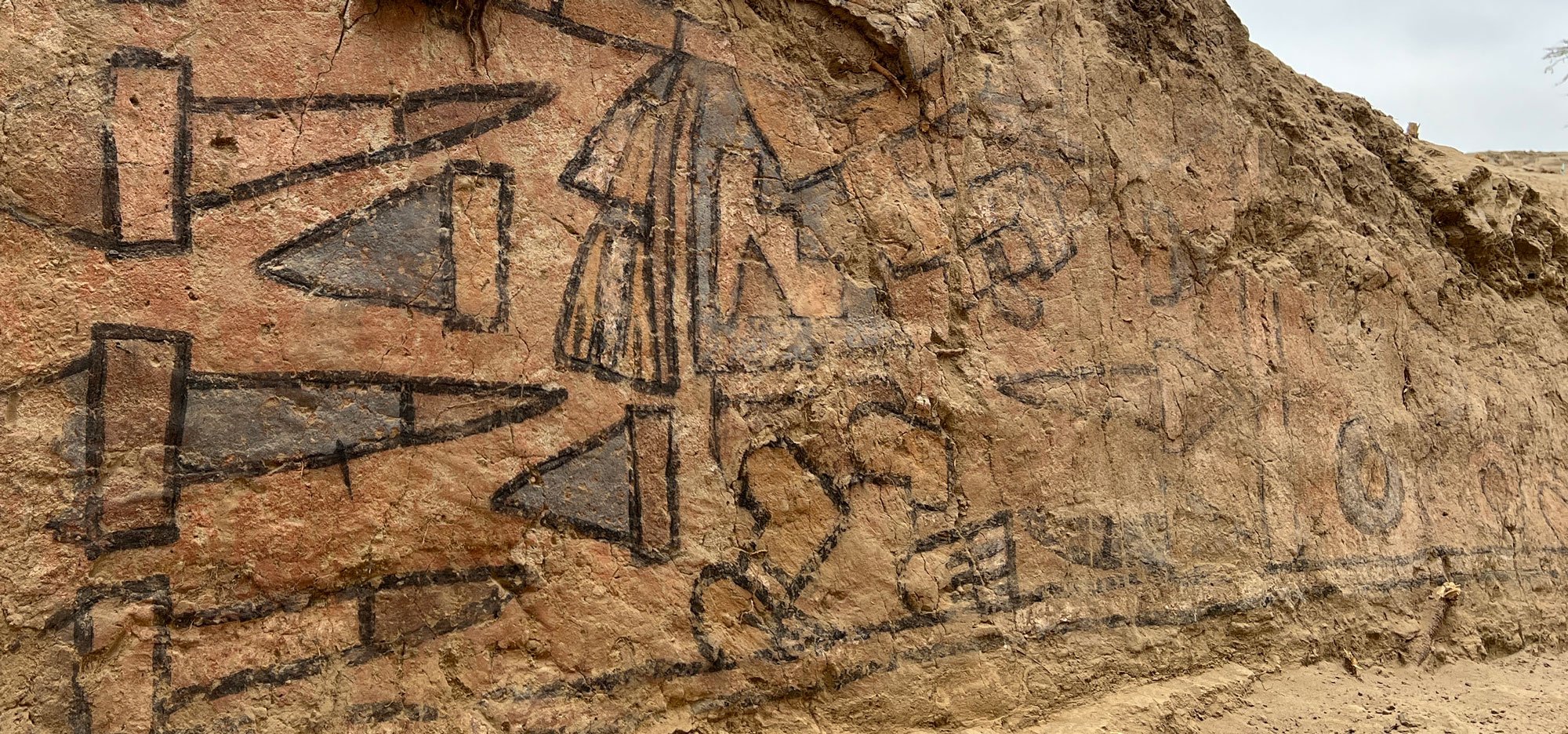 (Courtesy Sâm Ghavami)
(Courtesy Sâm Ghavami)


